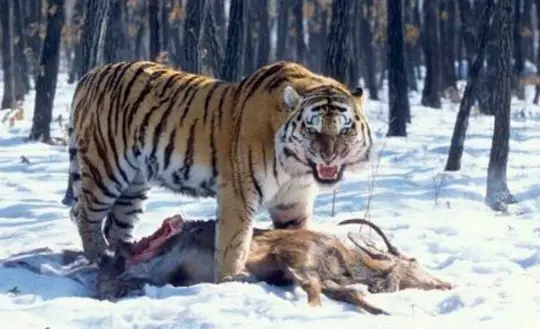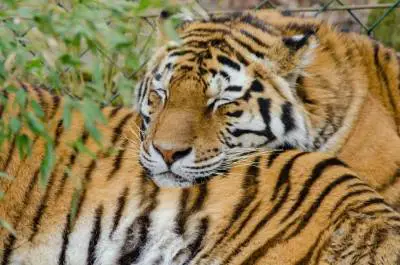
What Do Siberian Tigers Eat? – Siberian Tiger Diet
Siberian tigers are the largest cats of all felids so they can afford to prey on larger animals. They are also called amur tigers. Siberian tigers or amur tigers are thought to prey on Manchurian sika deer, Siberian musk deer, moose, long-tailed goral, Manchurian wapiti, wild boar, antelopes, buffaloes, elks,…

